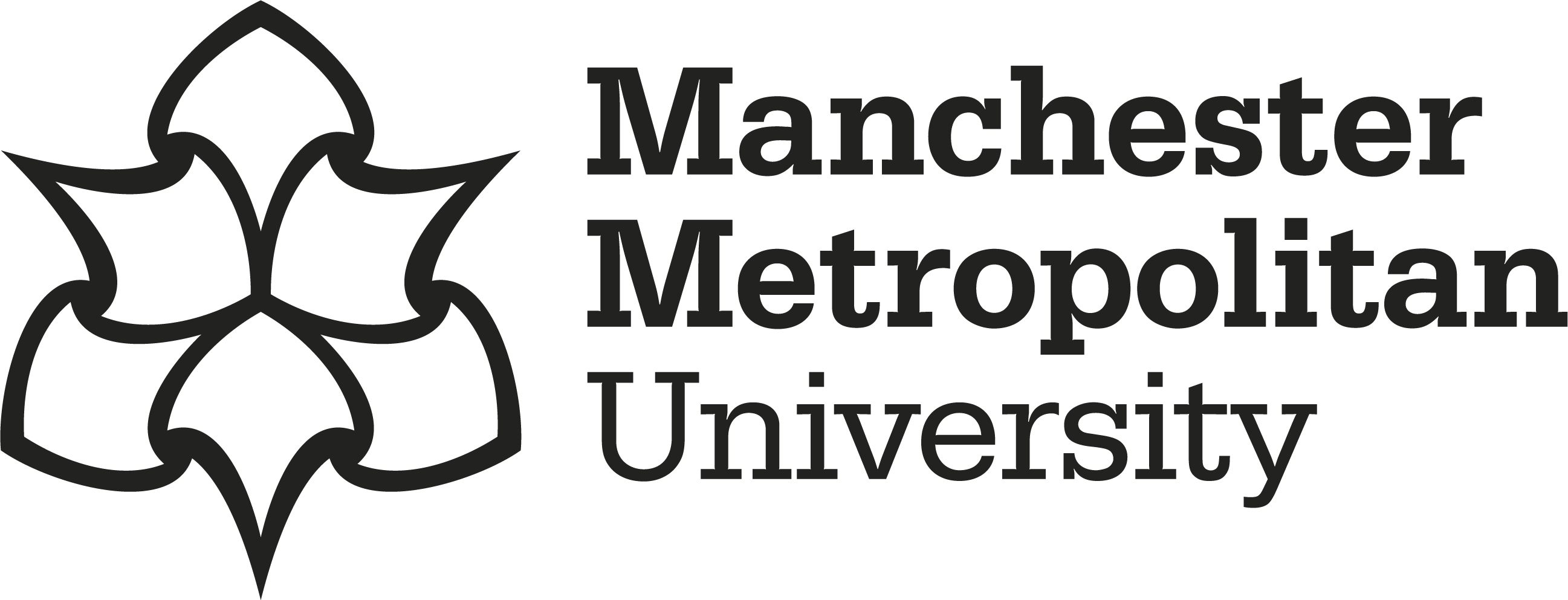Atmoko, Tri, Sitepu, Bina Swasta 


|
Published Version
Available under License Creative Commons Attribution. Download (1MB) | Preview |
Abstract
The national capital of Indonesia is in the early stages of relocation from the island of Java to East Kalimantan; Indonesia’s new capital city (Ibu Kota Negara; IKN) will be called Nusantara. The development of IKN will utilise the concept of a forest city representing the lowland forest of Borneo containing its rich biodiversity. To realize this concept, sufficient data and information regarding the status of tree diversity in this area is required. To provide this information, research was conducted in sample plots totaling 20.75 ha spread over eight locations in East Kalimantan. The selection of priority tree species for rehabilitation was carried out by using the Analytical Hierarchy Process (AHP) method with the criteria of conservation status, endemicity, climax species, distribution, food potential, ethnobotanical potential, animal food, and tree growth rates. In the sample plots, we found 5,745 trees representing 571 species with the family Dipterocarpaceae dominating, followed by Euphorbiaceae, Phyllanthaceae, Malvaceae and Annonaceae. Based on the priority categories of restoration, most of the species proposed for planting belong to the Dipterocarpaceae, in the genera Anisoptera (2 species), Anthoshorea (2 species), Cotylelobium (1 species), Dipterocarpus (3 species), Dryobalanops (1 species), Hopea (3 species), Richetia (3 species), Rubroshorea (7 species), Shorea (4 species), and Vatica (4 species). Hopea rudiformis is a Critically Endangered and Borneo endemic species with the highest score, and the only species included in 1st priority, followed by 14 species in 2nd priority, 62 species in 3rd priority, and the remainder in 4th priority. About 18% of tree species with potential food sources can be planted to meet the 10% target of forest cover to contribute to food security in IKN. Samboja Research Forest, Sungai Wain Protection Forest, and Bangkirai Hill are forested areas with high tree species diversity and can act as a source of seeds for the IKN nursery.
Impact and Reach
Statistics
Additional statistics for this dataset are available via IRStats2.


